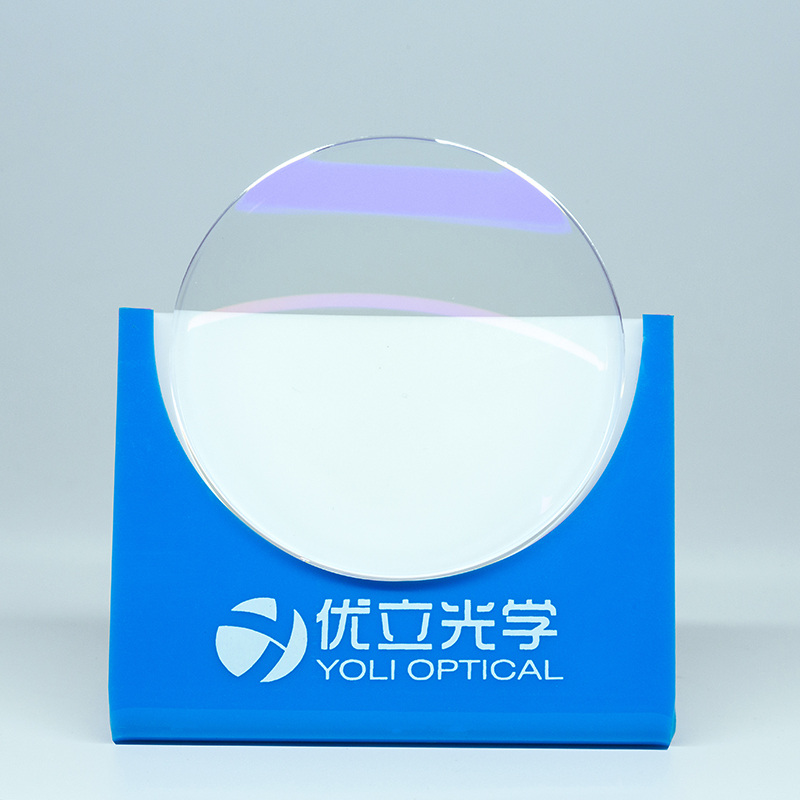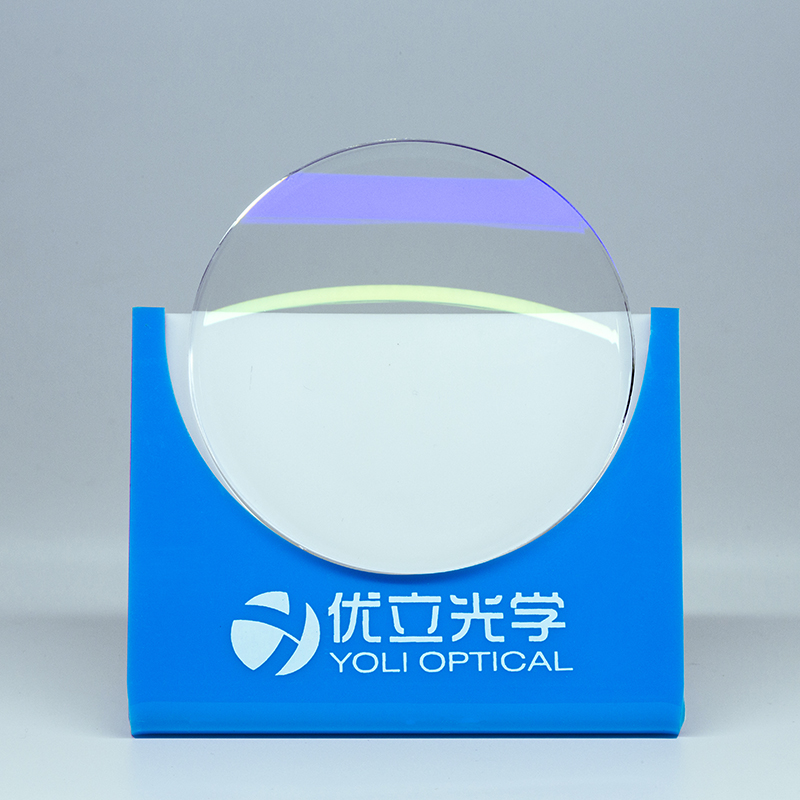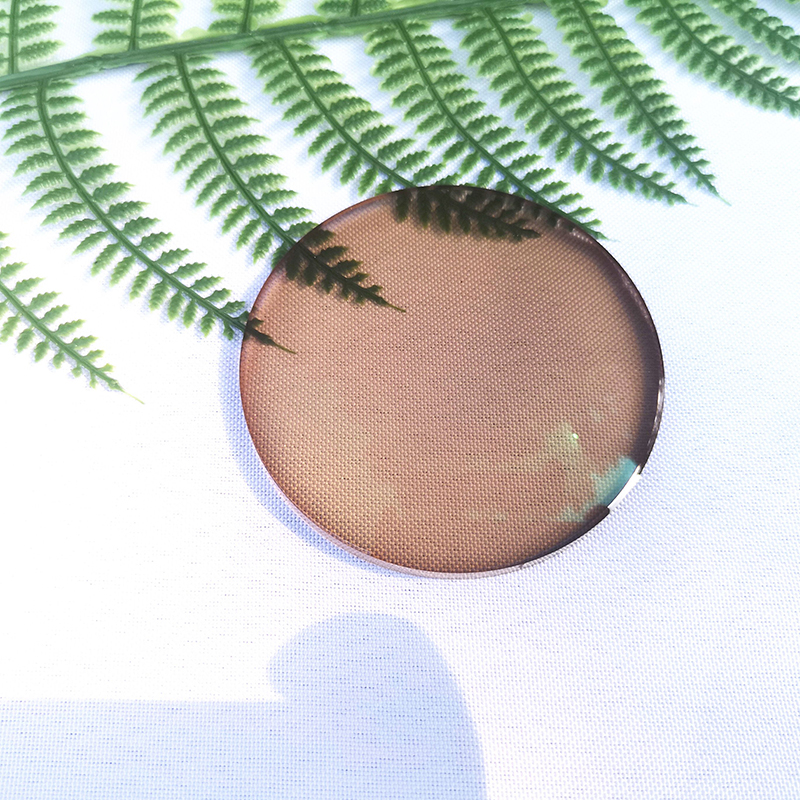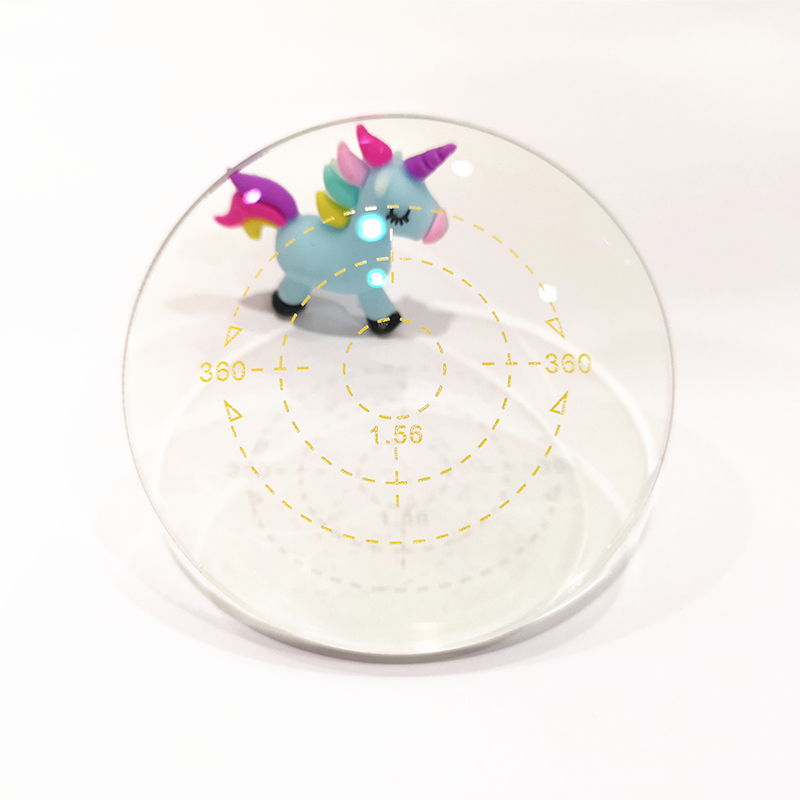
Wholesale Best Photochromic Lenses Factory – Monomer Blue Block Photochromic Bifocal – YOLI
Wholesale Best Photochromic Lenses Factory – Monomer Blue Block Photochromic Bifocal – YOLI Detail:
Photochromic lenses
Photochromic lenses are smartly crafted to automatically adjust from clear to dark (and vice versa). The lens is activated by UV light and eliminates the need to constantly switch between your eyeglasses and sunglasses. These lenses are available for both Single Vision, bifocal and Progressive.

Bifocal lenses feature distance vision correction at the top half of the lens and near vision correction at the bottom; perfect if you need help with both. This type of lens is designed to conveniently work as both reading glasses and standard prescription eyeglasses.
Bifocal lenses work by providing two different prescriptions in one lens. If you look closely at this type of lens you‘ll see a line across the center; this is where the two different prescriptions meet. Since we tend to look down when reading a book or looking at our phones, the bottom half of the lens is designed to help with reading.

The Dark Side of Blue Light

Blue light, emitted by the sun, but also from the digital screens we’ve become so attached to, not only causes eye strain (which can lead to headaches and blurry vision) but may also disrupt your sleep cycle.
The study, published in June 2020, found those adults averaged 4 hours and 54 minutes on a laptop before the lockdown and 5 hours and 10 minutes after. They spent 4 hours and 33 minutes on the smartphone before the lockdown, and 5 hours and 2 minutes after. Screen time went up for television watching and gaming, too.
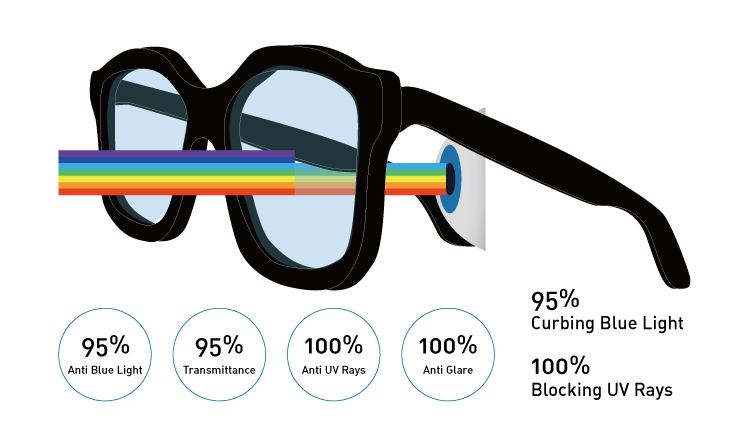
Photochromic Blue Block Bifocal Lenses-The convenient choice
When you wear blue block photochromic lenses, you’re not just reaping the benefits of convenience; you’re guarding your eyes against detrimental over-exposure to blue light. And the Bifocal design spares you trouble of carrying two pairs of glasses if you have the problem of one glass for nearsighted use and the other one for farsighted use.
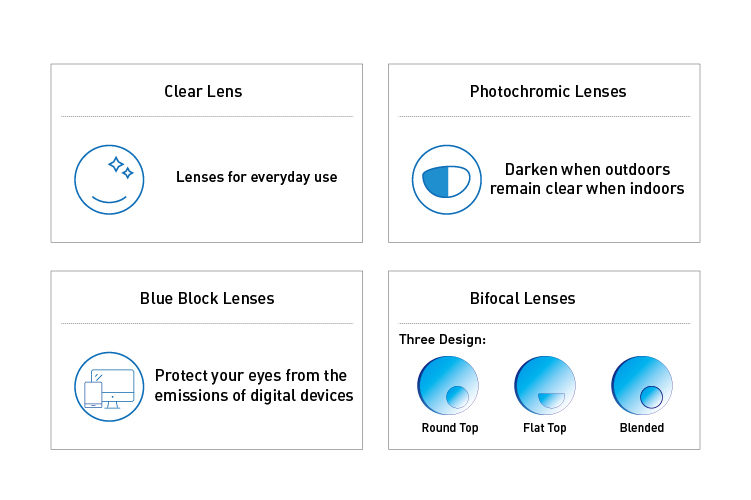
Product detail pictures:
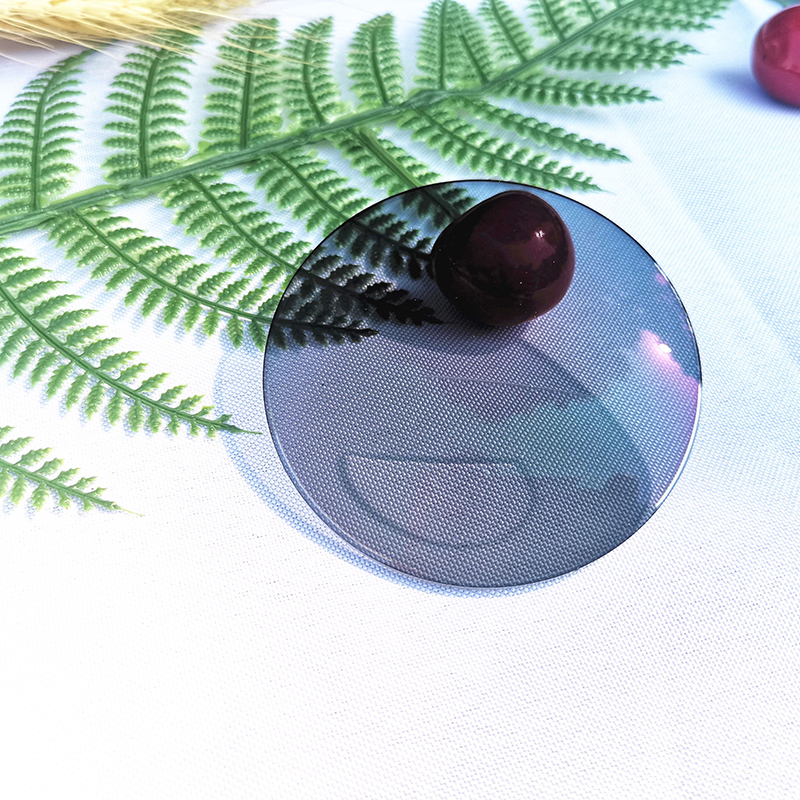
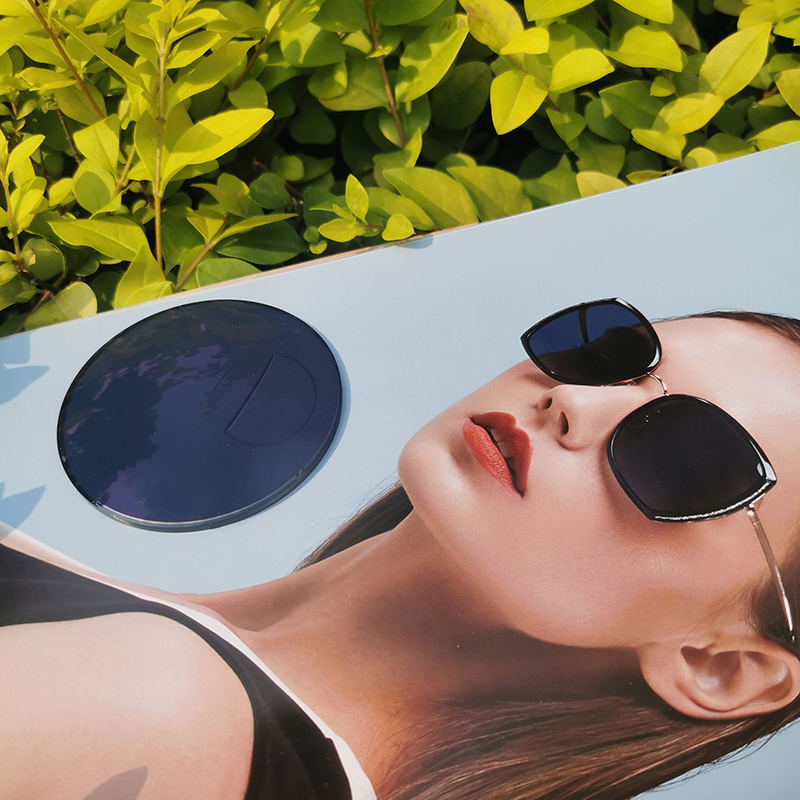

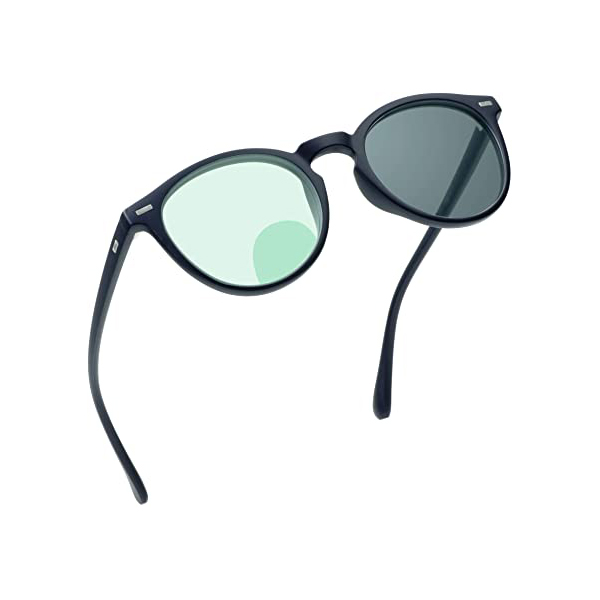
Related Product Guide:
Our progress depends around the innovative machines, great talents and consistently strengthened technology forces for Wholesale Best Photochromic Lenses Factory – Monomer Blue Block Photochromic Bifocal – YOLI , The product will supply to all over the world, such as: French, Serbia, London, Adhering to the management tenet of "Managing Sincerely, Winning by Quality", we try our best to provide excellent products and service to our clients. We look forward to making progress together with domestic and international clients.
The company account manager has a wealth of industry knowledge and experience, he could provide appropriate program according our needs and speak English fluently.

